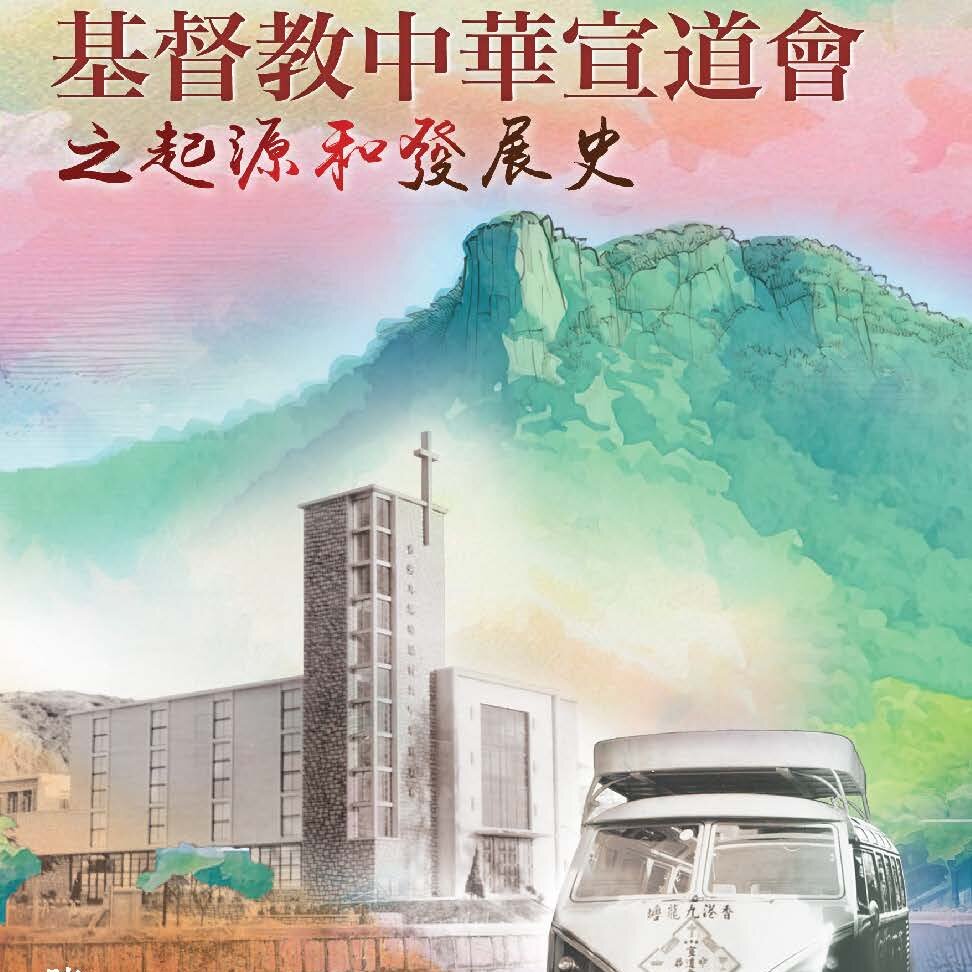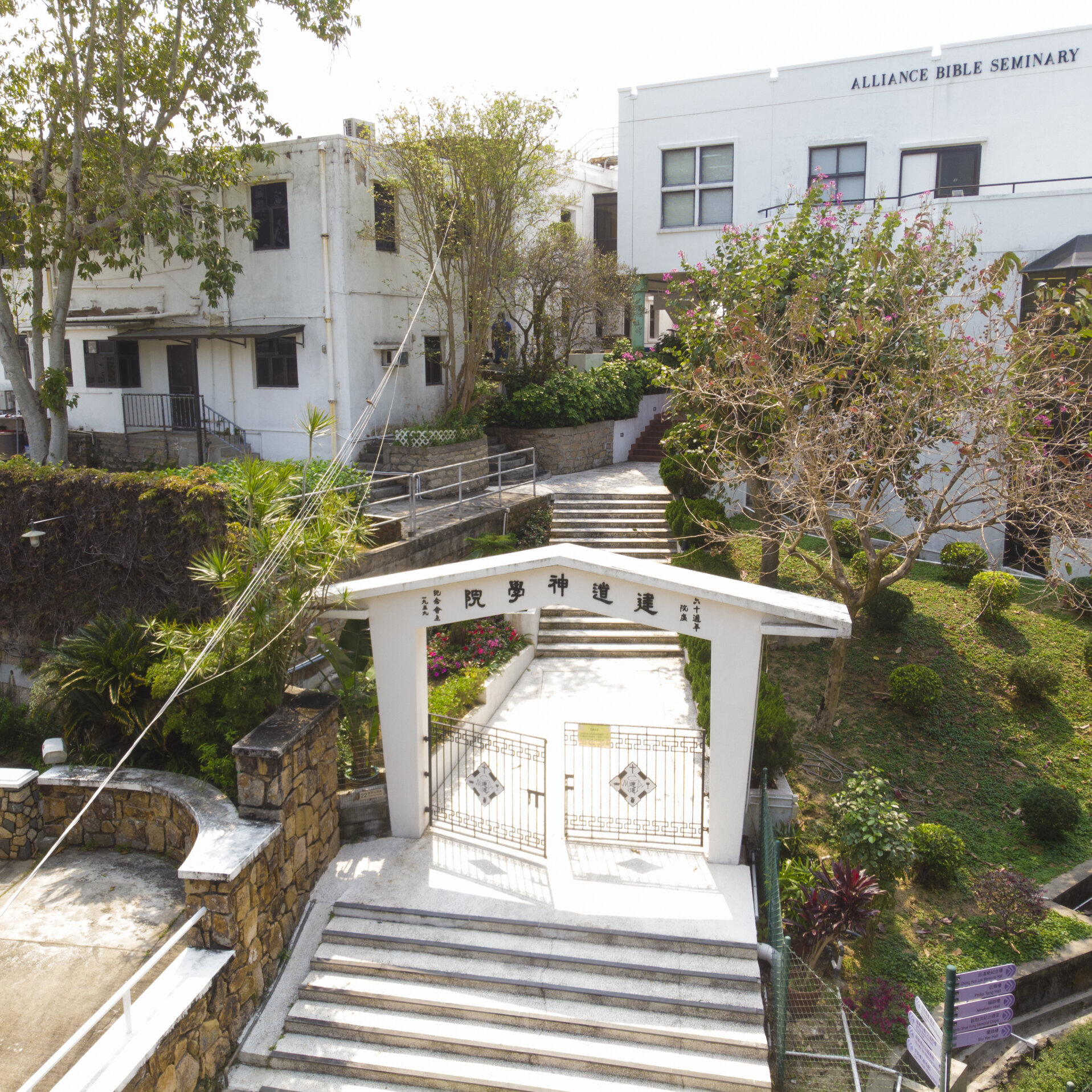Toward A Theological Hermeneutic Of Testimony Paul Ricoeur On Witness To The Kerygma(朝向見證的神學詮釋──保羅.李克爾論宣道的見證)/林子淳
撮要
本文闡釋保羅•李克爾(Paul Ricoeur)在1960至1970年代初的神學論述,指出其作品展示了一個對見證(testimony)的神學詮釋,而其在1970年代起發展的聖經詮釋乃為此議程之必要蹊徑。對李克爾而言,見證乃為人類對神聖在世啟示的原初肯定,他的後黑格爾 – 康德框架(post-Hegelian Kantian framework)為其哲學與神學討論提供了基礎。在基督教來說,初代信徒對在世的耶穌及復活的基督之見證乃為此種肯定。新約聖經就是他們的文字見證,而這又是基於已有之猶太經典的重新解釋。今天基督徒閱讀聖經時仍能經驗相同的神聖相遇,對耶穌基督作相同的見證,並得到存活經驗的更新。對李克爾來說,聖經詮釋的目的就是要從人言中展現聖言,以致基督徒能在現世中尋得存活意義。
ABSTRACT
This essay aims to offer an interpretation of Paul Ricoeur’s theological writings in the 1960s and the early 1970s. It points out that these writings proposed a theological hermeneutic of testimony, and Ricoeur’s biblical hermeneutics developed since the 1970s is a necessary detour in this proposal. Testimony for Ricoeur is the human original affirmation of the divine revelation in the historical realm. His post-Hegelian Kantian framework provides a basis for both his philosophical and theological discussion of testimony. With Christianity the witness of the first generation believers’ encounter with the earthly Jesus and the resurrected Christ belongs to such kind of affirmation. The new testament is their written testimony, which is a reinterpretation of the existing Jewish scriptures. Nowadays Christians can still experience the same divine encounter when reading the scriptures, making the same testifying to Jesus Christ, and being transformed in their worldly existence. The task of biblical hermeneutics for Ricoeur is thus to unfold the divine Word from the human words, so that Christians may find the existential meaning in the modern world.
原載於《建道學刊》22期(2004年7月),頁99-135。
Latest Articles
新手牧者研究計劃(三):新手牧者的身心靈狀態 / 盧慧儀
2025 年 11 月 19 日
個體與關係:滕近輝思想中「深化」的靈性觀 / 倪步曉
2025 年 11 月 18 日
香港九龍塘基督教中華宣道會之起源和發展史/陳智衡
2025 年 10 月 20 日
Highlights
[電子書]困境與抉擇:「建道研究中心30週年誌慶」跨學科研討會論文集/廖炳堂、倪步曉主編
2025 年 1 月 2 日
從梧州到長洲:建道神學院125年的挑戰與恩典 / 陳智衡
2023 年 10 月 1 日
微小教會的見證/高銘謙
2023 年 6 月 1 日







